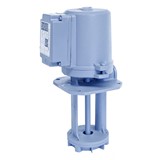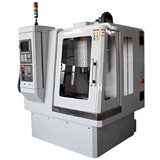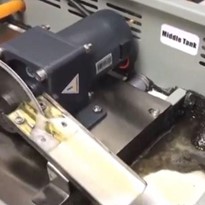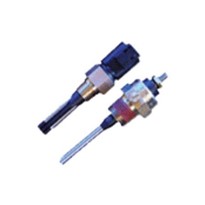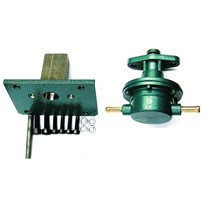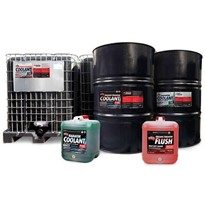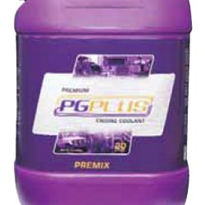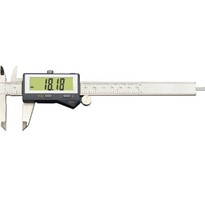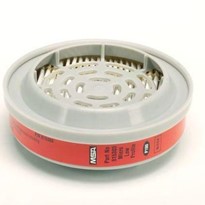A food (or external) coolant system cannot fulfil this task effectively. Instead, coolant has to be transferred through spindle and tool directly to the cutting edge. To get there, a rotating union is needed as a junction between spindle and coolant supply.
Compared to food coolant systems, through-spindle-coolant (TSC) from Deublin pays for itself in terms of lower operating costs for tools and coolant. Better control of tool overheating also allows faster feed rates, higher productivity and higher surface quality.
A rotating union is a precision mechanical device used to transfer coolant fuid or media from a stationary source, such as a pump, into a rotating device, such as a spindle with cutting tool. The typical coolant fuid is water-based, consisting of approximately 85–95 per cent water for cooling, 2–12 per cent oil for lubricating the cutting edge.
Small volumes of other chemicals stabilise the emulsion, counter bacterial growth and much more. Suitable rotating unions can also transfer air/oil mist, known as Minimum Quantity Lubrication (MQL), cutting oils, and even dry air. In certain machine tool applications, rotating unions are also used to transfer hydraulic fuid or air for clamping or sensing.
As the law of gravitation also applies to rotating unions, drainages should always point downwards in order to carry away any leakage quantity properly.
Only distilled water should be used for coolant preparation. Calcium and magnesium salts in tap water reduce the service life of coolants by displacing the chemicals in the coolant and breaking down the oil-water emulsion.
Furthermore, they advance the growth of bacteria. These salts may also cause deposits inside the rotating unions resulting in premature failure. The purchase of high-quality components, the correct installation and maintenance of the coolant can deliver considerable cost benefts over the entire service life.





